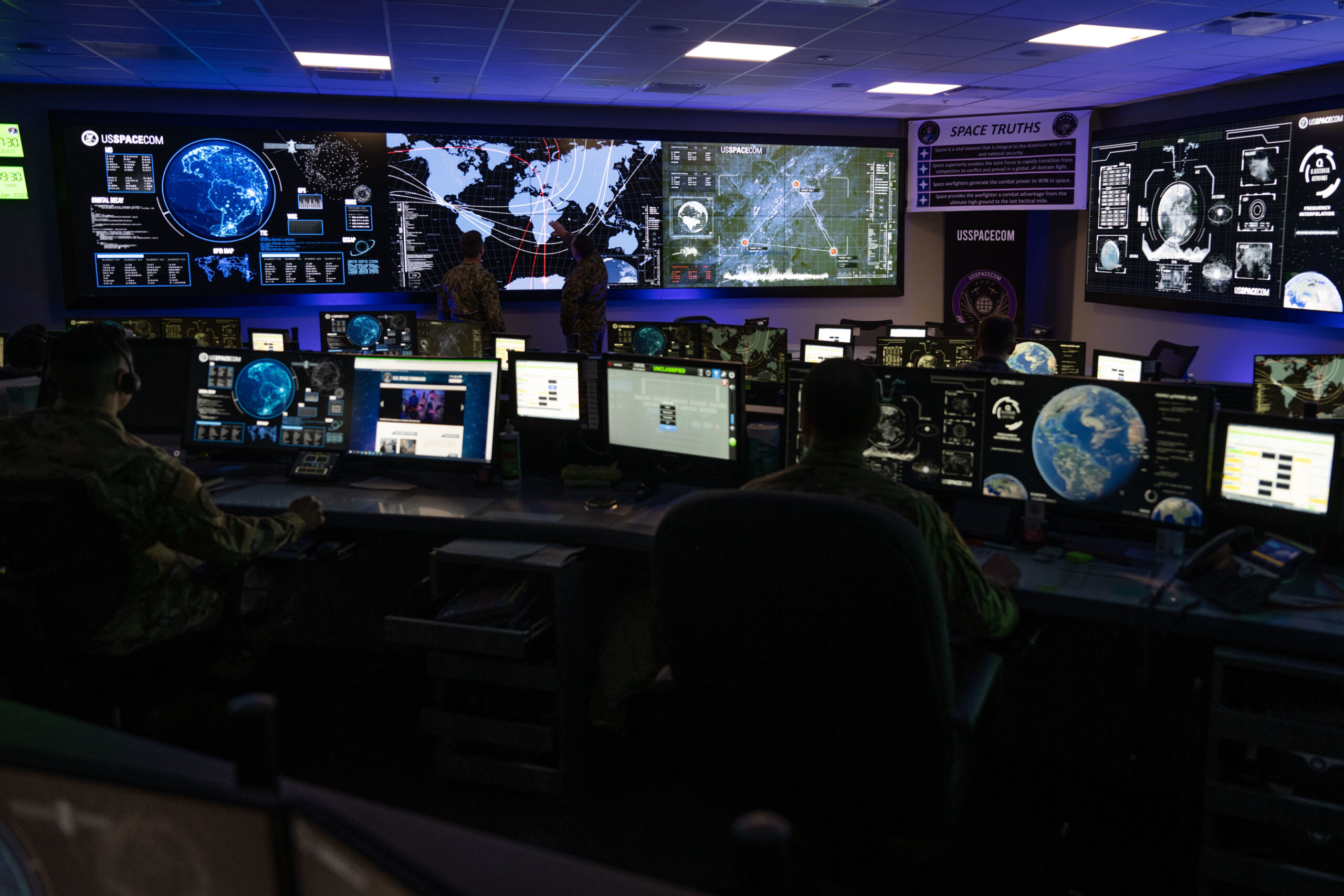WASHINGTON — U.S. Space Command has officially been assigned responsibilities for protecting the United States from missile attacks, a job previously held by U.S. Strategic Command.
“The President of the United States approved and directed the implementation of the 2022 Unified Command Plan Apr. 25, 2023,” Space Command said May 31.
The plan directs the transfer of missile defense responsibilities from the U.S. Strategic Command commander to the U.S. Space Command commander. A key role in missile defense is to detect launches of potential threats such as North Korean ballistic missiles, and provide early warning.
This realignment gives Space Command a larger footprint in U.S. national security.
U.S. Space Command, currently headquartered at Peterson Space Force Base, Colorado, was activated in August 2019 to oversee military operations in the space domain. Gen. James Dickinson, who has led Space Command since 2020, previously ran the U.S. Army’s missile defense organization and has advocated for closer integration of space and missile defense assets and operations.
Dickinson has argued that sensors used for space domain awareness and missile defense, such as Army and Navy radars, Space Force surveillance systems and commercial assets would be more effective as an integrated network.
Changes follow ‘comprehensive study’

The transfer of responsibilities follows a “comprehensive study on the roles, responsibilities and authorities associated with the missile defense enterprise and represents an alignment to the 2022 Missile Defense Review,” Dickinson said May 31 in a statement.
“Integration of systems and fighting doctrine is critical to modern warfare,” he added.
“By bringing the three mission areas of missile warning, missile defense and space domain awareness under one command as the global sensor manager, Space Command can more effectively integrate and fuse the sensor data for rapid detection, characterization, tracking and dissemination to ensure theaters can defeat any threat.”
Space Command will oversee the management of missile defense assets, coordinate training exercises and cooperation with allies.
Under the new plan, Space Command will absorb Strategic Command’s missile defense component, known as the Joint Functional Component Command for Integrated Missile Defense (JFCC IMD), run by Lt. Gen. Daniel Karbler.
The JFCC IMD is an influential organization located at Schriever Air Force Base, Colorado, that includes Army, Navy, Marine Corps, Space and Air Force personnel, as well as U.S. government civilians and contractors. The JFCC IMD advocates for investments in new capabilities and works directly with the Missile Defense Agency.
Meanwhile, U.S. Strategic Command and the North American Aerospace Defense Command will continue to perform threat warning assessments in support of missile defense.
Gen. Anthony Cotton, head of U.S. Strategic Command, said he is “confident that this UCP better supports our integrated deterrence framework in safeguarding our nation.”
